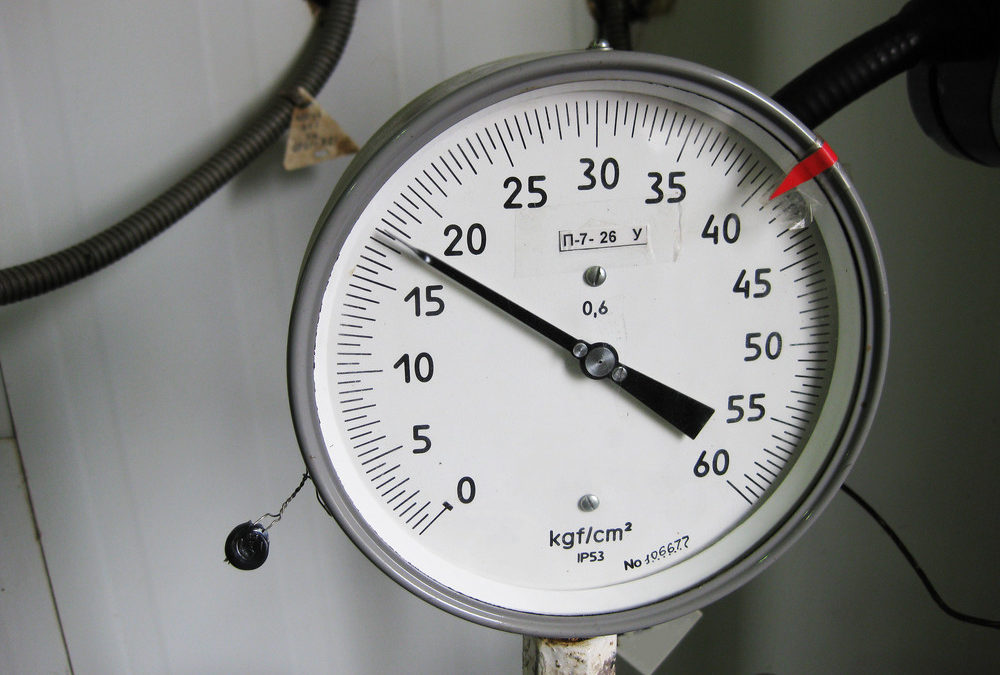Radon is a naturally occurring radioactive gas that can lead to lung cancer when it enters your home. It’s the second-leading cause of lung cancer in the United States, and the risk increases by 16% per every 100 Bq/m in long-term average radon concentration.
Radon mitigation systems are designed to remove radon from homes and buildings by drawing air through a sub-slab-depressurization system or other ventilation systems before it enters your living space. These systems remove radon effectively at low cost because they don’t require expensive construction work or equipment upgrades like high-efficiency filters do. They also leave no trace on the inside of your home since they vent air outside rather than recirculating it back into your house.
If you live in an area with high levels of radon, you should consider radon mitigation. Even though it may not be high in your area, you should still consider radon gas testing because of the health dangers associated with this natural substance.
What Is Radon?
Radon is an odorless and colorless radioactive gas that occurs naturally in every state. It comes from the breakdown of uranium found in rocks and soil. Uranium breaks down into different radioactive elements called radionuclides. The most common type of radionuclide created by uranium disintegration is known as polonium-218 or “polonium-218 (Po-218).”
As radon passes through rock on its way to the surface, it decays into solid particles, or “daughter products,” of polonium-218. The amount of time it takes for radon to reach the surface depends on things like the distance traveled and how much uranium is present along its path.
According to the EPA, most radon gas released at the Earth’s surface has never been closer than around 100 feet to a soil or rock source. Matter from rock and soil can also get mixed into rainwater. When that water evaporates, radon stays trapped in soil particles left behind. Some of that radon will then return to the atmosphere as gas or dissolve in groundwater later on down its path toward your home.
What Are Normal Radon Levels?
The average outdoor radon level is around 0.4 picocuries per liter of air (pCi/l). However, these numbers vary due to factors like the type of rock in an area, the weather, and even the time of day. For example, radon levels are typically higher during the night when rocks have more time to release gas into the atmosphere.
EPA’s national action level for radon in homes is 4 pCi/l, a guideline indicating when you should take steps to reduce your home’s radon level if you find it to be above that number. You can get your home tested by a professional or by using an EPA-approved kit.
Radon levels are considered naturally occurring when they’re below 4 pCi/l. This usually means your radon level is in the normal range since it varies from place to place and time to time. If you live in a 3-picocurie per liter area, you should test just in case because people living there have a slightly higher risk of developing lung cancer due to radon exposure than those who don’t.
Some homes in high-risk areas may have higher than normal radon levels because they’re located near a known source (e.g., uranium mine) or because the soil around them contains more disintegrated rock and less air. High-risk areas exist across the United States, and radon tests should be conducted before buying any home, no matter where it’s located. If you live in a high-risk area, ensure you get the best radon mitigation and abatement services.
Radon levels in public areas like parts of your workplace or public building such as a school are typically higher than in private homes but still pose health risks since you may spend a lot of time there.
Radon Testing and Inspection
In conclusion, radon testing is a small investment for the assurance you and your family are safe from this noxious, odorless gas. If you live in an area with high levels of radon, you should consider radon mitigation.


Recent Comments